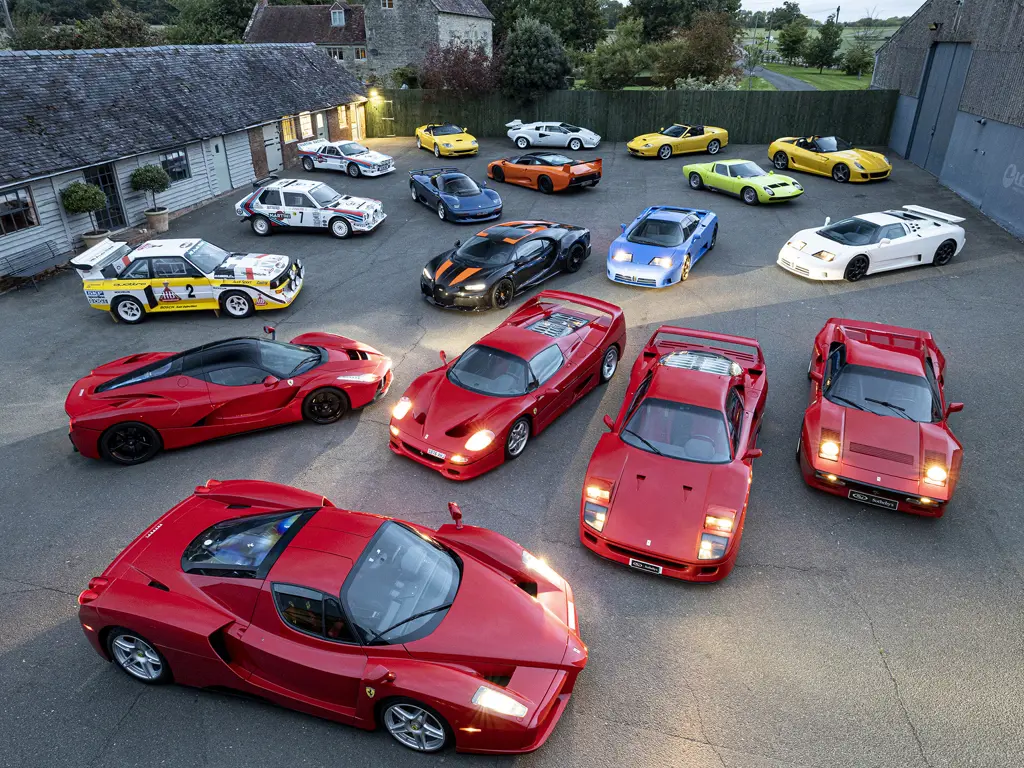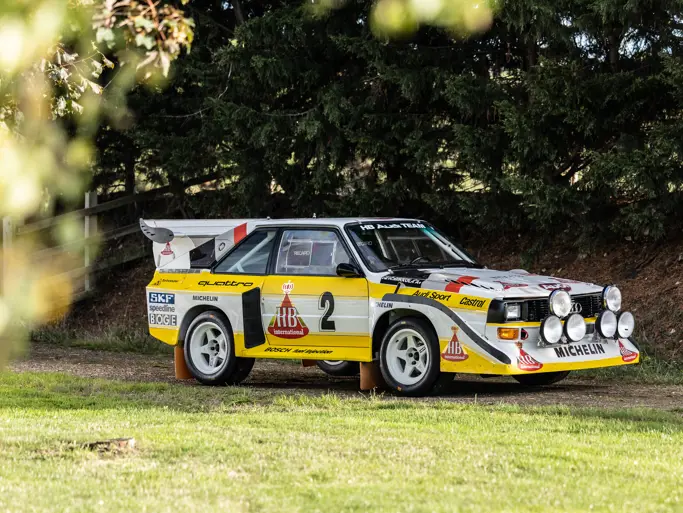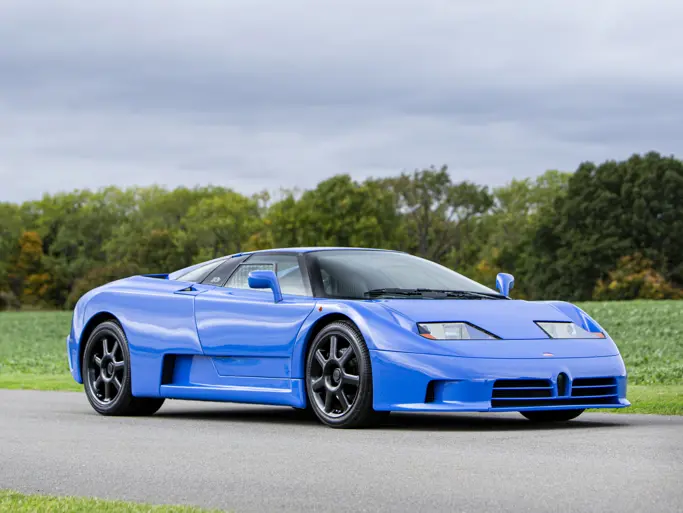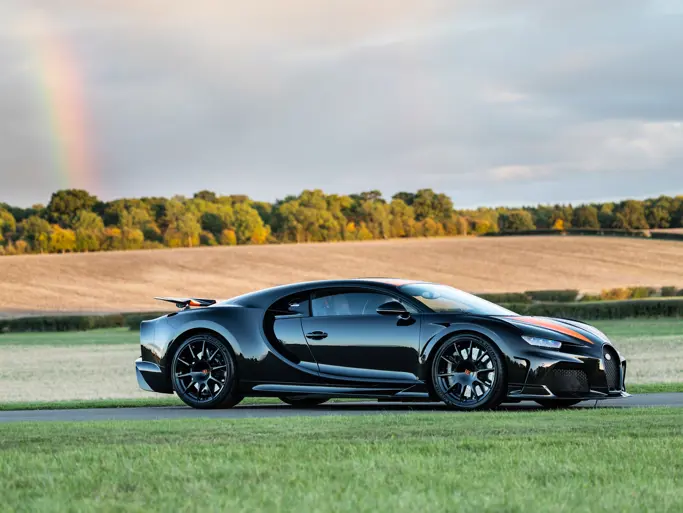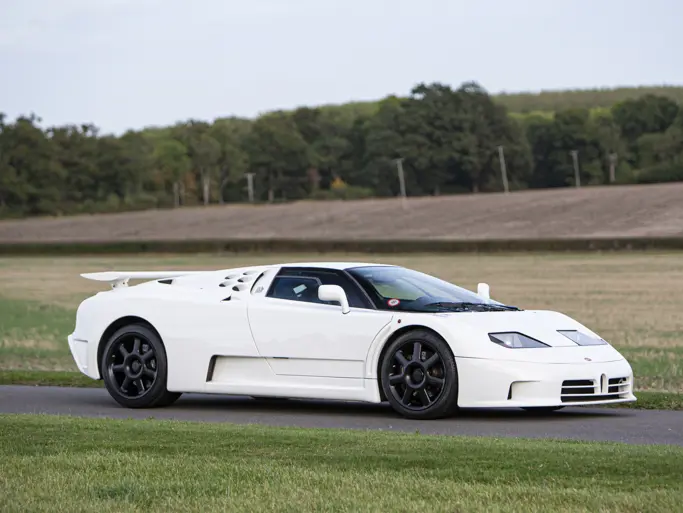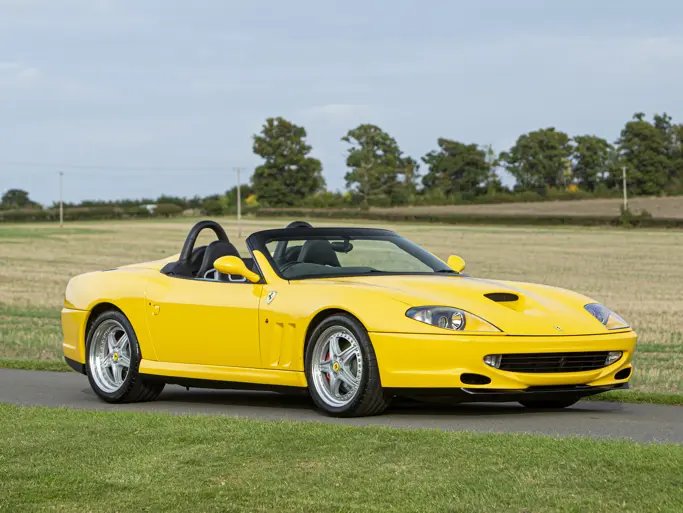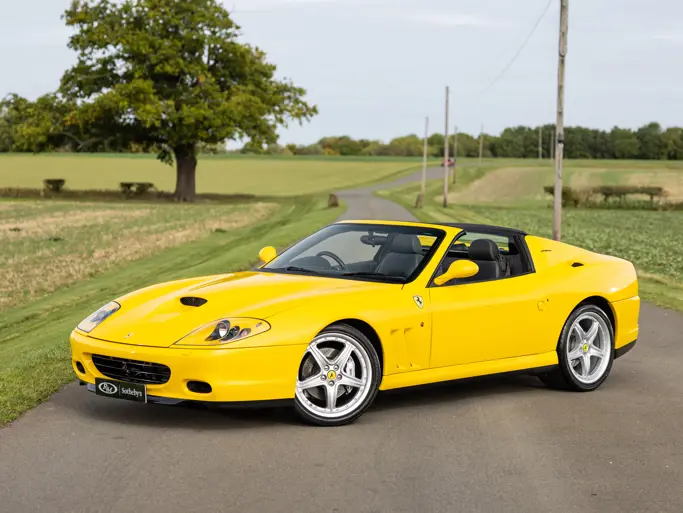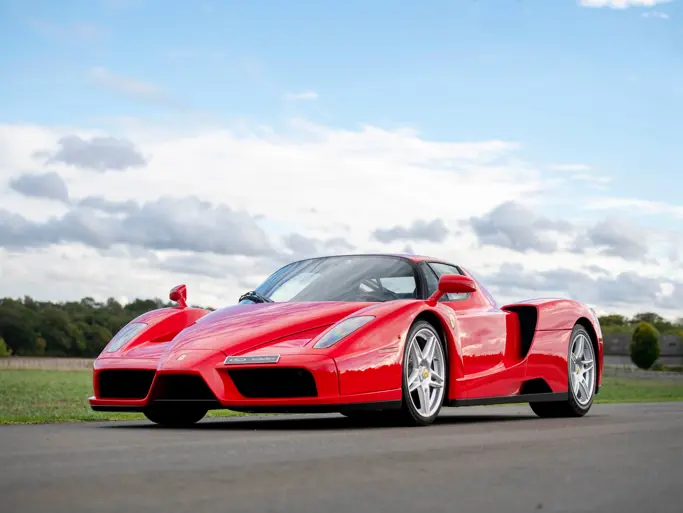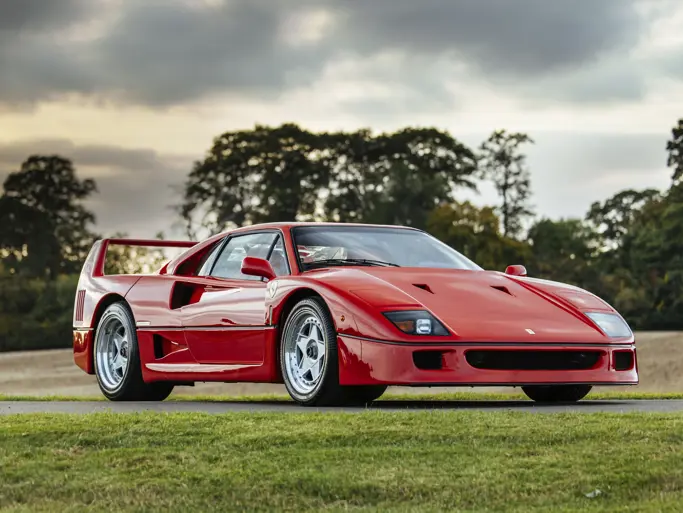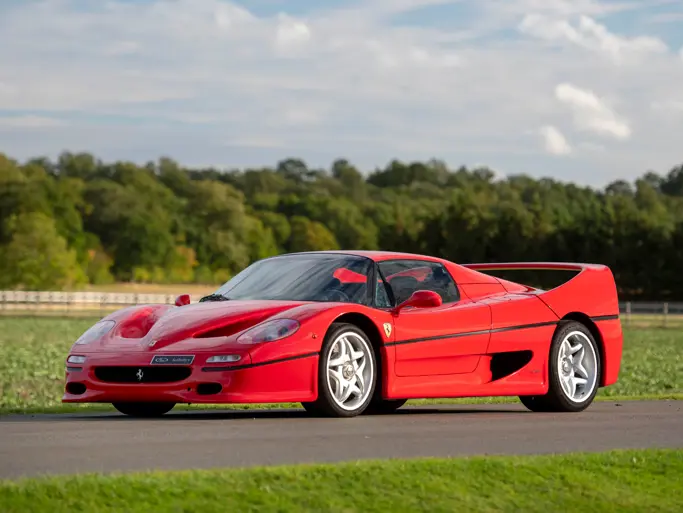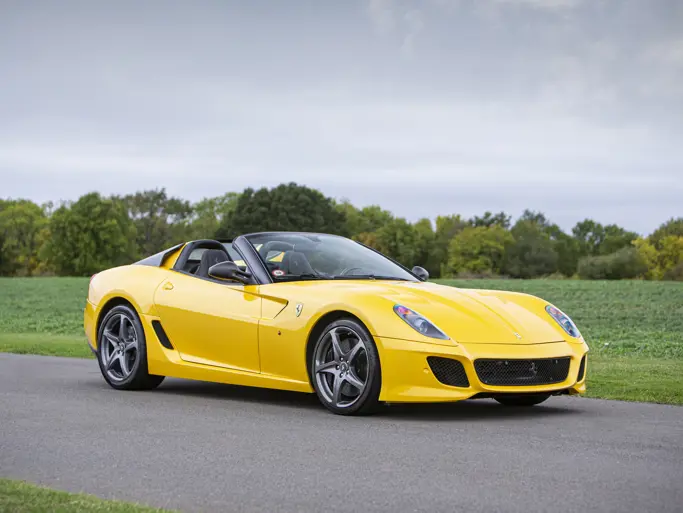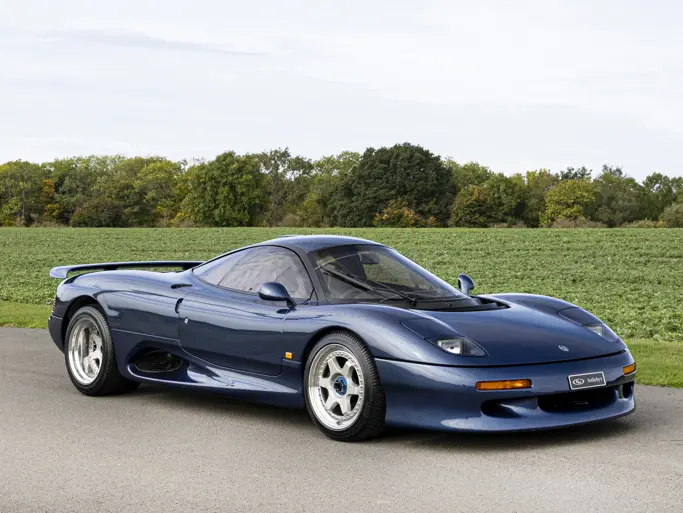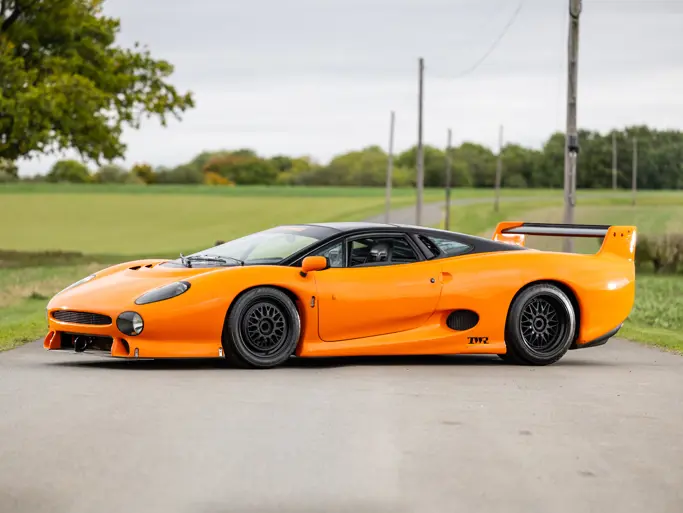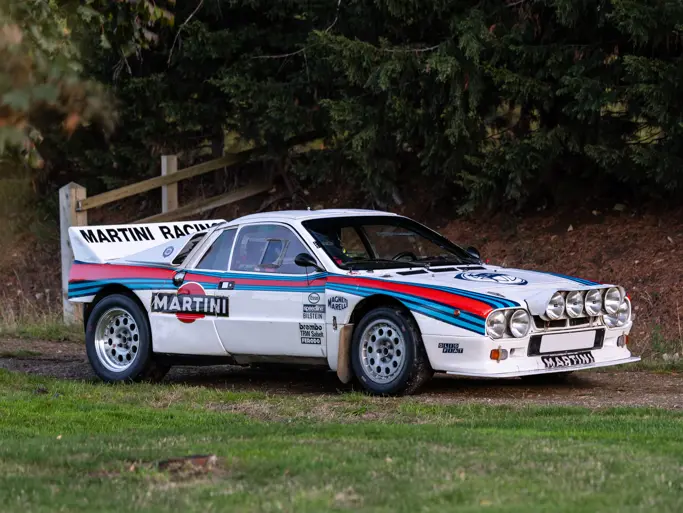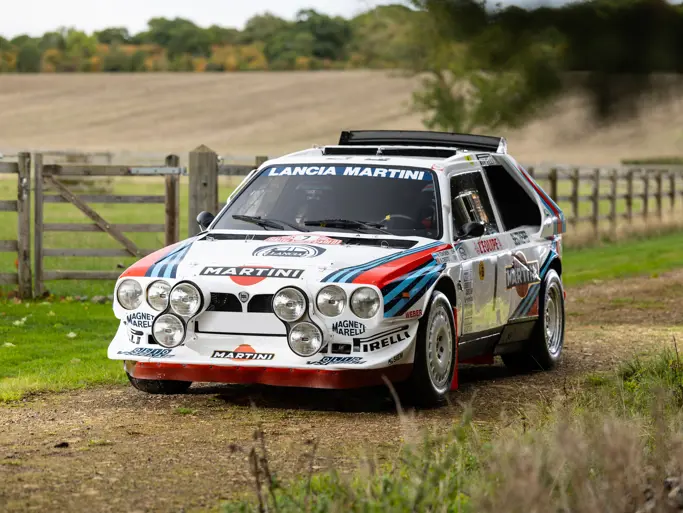We are proud to present 50 years of automotive history, represented by 18 cars that form The Gran Turismo Collection. Fittingly, the collection of cars presented started 25 years ago with the acquisition of the F40, an early indicator of the performance theme that runs through the selection of cars. The consigning collector always searched for the best examples available at the time of purchase, often retaining the cars that were ordered new from the factory. The F40 was a single-owner example at the time of purchase.
It would have been far too easy to leave the F40 as a special museum piece, sat waiting patiently to be brought to life. Cars are machines, they have many components, all with defined functions. With mechanical power, they perform a task far greater than their individual movements. Without mechanical power, they are simply cultural and industrial sculptures. Titans of the industry such as Enzo Ferrari, Ettore Bugatti, and Ferruccio Lamborghini were not sculptors but proud makers of the finest cars of their time—their cars were built with only performance and design in mind. Exclusivity was guaranteed by the economics of producing such visceral machines.
The Gran Turismo Collection is one of the finest selections of cars to come to market in recent times, and every one of these cars is a machine appreciated for the aesthetic form and function designed by their maker. Each car individually commands presence and, when in motion, produces shockingly brilliant performance. All machines are formed with many materials that require expert maintenance, and the cars in this collection have been looked after with a routine care and attention that many other collectors would envy.
Within The Gran Turismo Collection are clear themes that speak to any true petrolhead. The Ferrari hypercar series, originating with the 288 GTO, then moving through the F40, F50, Enzo, and finally LaFerrari, is arguably the most sought-after quintet in the automotive world. These are some of the greatest cars of their era, produced by the most continuously passionate of automotive companies, and importantly all presented in Rosso Corsa. In direct contrast, the trio of Ferrari Barchettas are some of the most desirable cars to appear from Maranello in the past two decades, and all are presented in eye-catching Giallo. Today, the open-top, naturally aspirated V-12 Ferrari seems an exclusive mainstay of the marque, yet the 550 Barchetta was the first such model since the Daytona Spider, and a move towards the hybrid powertrain looks to ensure their immortality.
Bugatti has an extraordinary history of reaching automotive pinnacles, surpassing the realms of possibility, sometimes at the expense of its survival. The first incarnation of the marque produced design masterpieces, and its 1990s revival fulfilled this historical expectation with the EB110. The Super Sport was a model that truly achieved technical greatness, and its grandson, the Chiron Super Sport 300+, took engineering achievement to an unthinkable level of producing speeds previously reserved for jets.
It is widely accepted that the Lamborghini Miura is the world’s first modern supercar, a term used to describe a car that matched stunning beauty with otherworldly performance. The Miura seems to have hardly aged in its 55 years, much like the Ferrari Enzo has hardly aged in 20. These are design icons, and the Miura set a benchmark that changed the world. As much as the Miura possesses a timeless beauty, the Countach LP5000 S is the archetypal supercar of the 1980s and is the ultimate poster car. The model is a true film star, commonly recognised the world over.
Producing some of the sleekest designs of all time, Jaguar’s supercars followed one of the most legendary sports car campaigns of all time with the “Silk Cut” XJRs competing victoriously in Group C racing. The XJR-15 and XJ220 S are perfect road-going representations of that campaign, and their extraordinary rarity is only matched by their raw speed. Any collector would be hard-pushed to find more exclusive supercars than these two.
These days, it seems impossible to imagine Group B rallying icons as anything other than cherished, but these cars were banished from the stages of international rallies. The phenomenal machines that manufacturers developed for Group B almost defied physics, thermodynamics, and human aptitude. These were cars with acceleration approaching Formula 1 numbers—and could be found driving on narrow public roads, flying past trees, buildings, and traversing terrifying drops.
The trio of Group B cars assembled in The Gran Turismo Collection need little introduction but represent a progression from the last of the great rear-wheel-drive rally cars to the final evolutions of two companies in gladiatorial battles. Individually, these Group B monsters are either one of the finest examples of their respective models or the finest.
The Lancia 037 was present at so many pivotal moments: the first rally, the first class win, the first major development step, and driven by World Champions along the way. The Audi Sport quattro S1 E2 was Group B at its most brutal with gigantean power being deployed to the road with enormous wings; the example in the Collection is one of the best in existence, let alone in private hands. The Delta S4 was a technological masterpiece whose star shone the brightest and for the shortest time. The partnership of Toivonen and his Delta S4 is one of motorsport’s most legendary, a pairing that achieved its greatest moment with victory at the 1986 Rallye Monte-Carlo with the very car that is offered in the collection; not only is this regarded as the finest Delta S4 in existence but it is one of the most significant Group B cars in the world.
The selection of extraordinary cars in The Gran Turismo Collection will never be offered together again at auction, and it is an opportunity that is truly unique and unrepeatable.
THE COLLECTION


